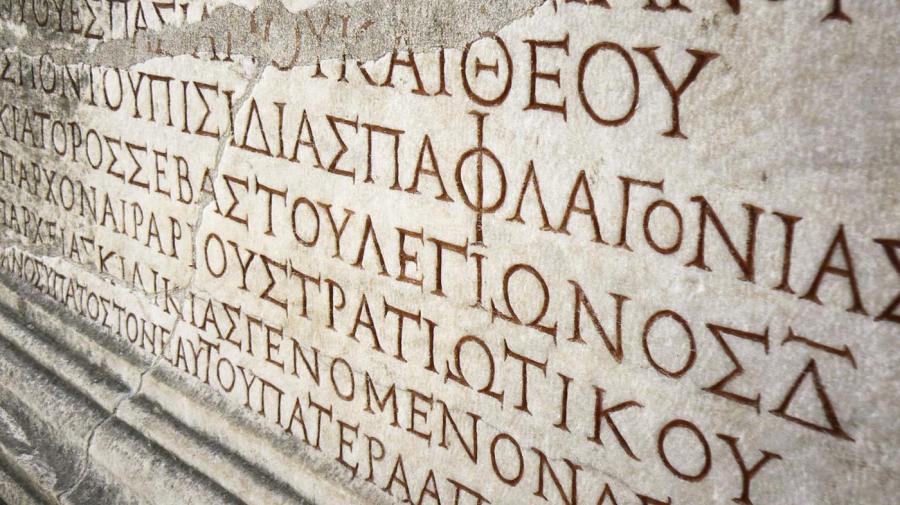What Is Phi in Math?

Phi is the 21st letter of the Greek alphabet and in mathematics, it is used as a symbol for the golden ratio. The golden ratio refers to a special number that is approximately equal to 1.618. It is also known as the golden section, golden mean, divine section, medial proportion, golden cut, extreme and mean ratio, golden number or divine proportion.
The golden ratio is obtained when a line is divided into two parts such that the longer part divided by the smaller part is equal to entire length of the line divided by the longer part. For example, two portions measuring 61.8 and 38.2 on a straight line form a golden ratio. It appears frequently in architecture, art and geometry.
Some 20th century architects and artists have proportioned their works to approximate the golden cut because they believe it is aesthetically pleasing. It is widely believed, although not proven, that the Parthenon in Greece was built with the golden ratio in mind. The golden number is also used to analyze the proportion of natural objects as well as manmade systems like financial markets.
The golden ratio is an irrational number, which is a real number that cannot be represented as a simple fraction. The digits continue with no noticeable pattern.





